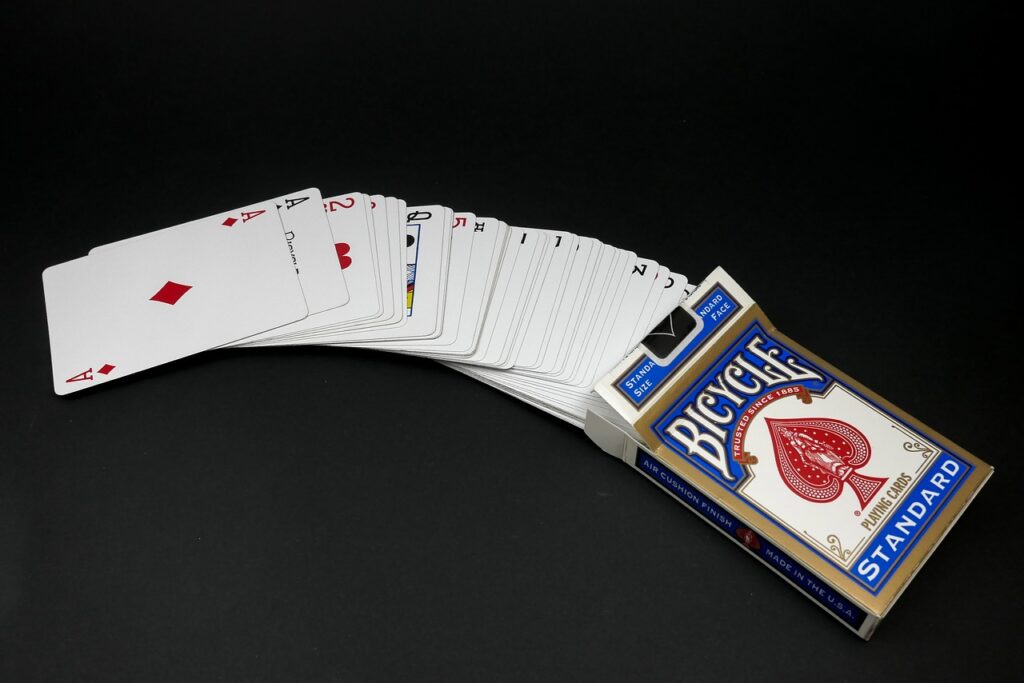
Poker can be a fun and exciting game, but it requires far more than luck to succeed. At the heart of Texas Holdem(홀덤사이트) lies the psychology of bet sizing and bluffing. Bet sizing is when the player strategically alters the size of a bet based on the situation, which can be anything from the size of the pot to the strength or weakness of the opponents’ hands. Psychology then comes into play when a player attempts a bluff, meaning they make a large bet without a strong hand in order to try and make their opposition fold. Knowing when and how to bluff is one of the crucial components of playing a successful game of poker.
Players must also be able to read their opposition. Being able to interpret how certain bets or raises may signify either a bluff or a particularly strong hand is an essential skill. Everything depends on the context; a bet of two big blinds in a small pot could be an indicative of a strong hand, whilst the same bet made in a hefty pot could signal an attempted bluff.
When defending your blinds, consider what the player could be trying to take advantage of. Are they making large bets because they assume you are weak? Or have they developed such a bad table image that they could be attempting to make you fold due to fear of a good hand? If a player has a good table image, then it is likely worth calling a reasonable size bet to see what they have.
It is also important to analyse opponents’ patterns of betting, because doing this can indicate what kind of player you are up against. A tighter player is likely to bet in a series of small and consistent raises, but a loose-aggressive player may play a series of bigger bets. Analysing these patterns can give you a necessary edge at the table.
Many people believe that the key to success with poker is to be aggressive, but it is often more important to be strategic. Read the table to minimize the advantages that more experienced players may have, and focus more on getting to showdown with the best hand than bluffing. By being proactive and reading the position you’re in, you can maximize your potential to win and make the best decision for the hand at hand.
Finally, poker is a game of skill, but it’s also a game of psychology and communication. You need to be able to analyse the fact that a table chatter or hand gesture could mean something different to how you interpret it. Pay attention to how your opponents act and don’t underestimate the power of perception. Playing with positive energy, reading the table, controlling the flow of the game and staying in tune with the tell tale signs of your opponents will give you an edge at the poker table.
Now that you understand the psychology of the game, let's move on to the techniques of winning. Firstly, identify who your main opponents are. Look out for players that often attempt bluffs and players who play with wide ranges. Get an idea of their playing styles, and adjust your strategy accordingly. Be aware that some players are good at baiting opponents into bad spots, so always be mindful of when to hold'em or when to fold'em.
Next, stay alert and pay attention to tells. Even the most experienced players may succumb to verbal or physical tells. Spotting patterns in betting can also be a useful way of identifying an opponent's moves. Track betting tendencies in your head and adjust your strategy accordingly.
Bet sizing in Texas Holdem can make or break your game, so use it to your advantage. Consider the situation of the game before making a bet – is there a loose player at the table? Are there strong players? Are there players that often limp in? Is the pot size growing large? All of these factors can affect the size of your bet. Analyse the table and make sure your bet sizing reflects the players at the table, as well as the pot size.
Furthermore, know when to fold. If the board is too dangerous or you believe your opponent has a better hand, consider folding to minimize your losses. By knowing when to back away, you can avoid major losses and make the most of favourable situations.
Last but not least, be unpredictable. Switching up your play once in a while can throw off your opponents. Timing is key – for example, if your opponent has been making large raises, vary your styles by occasionally mixing it up and making a small raise. If a player is expecting aggressive play from you, surprise them by throwing a bluff their way. By understanding the psychology of the table, you can outwit your opponents and come out on top.